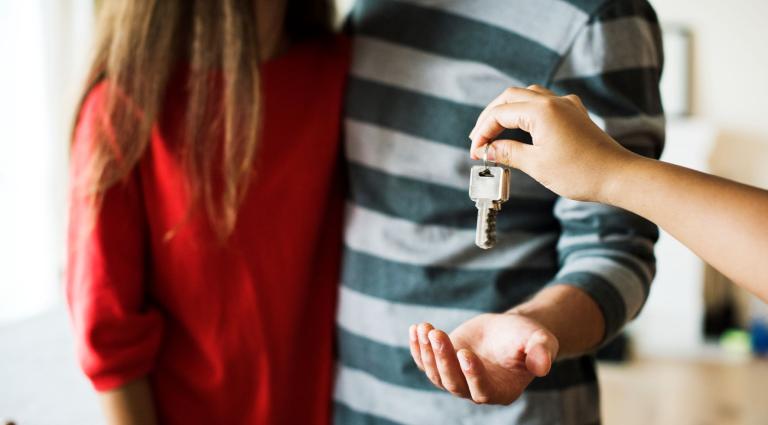New York’s Rent Relief Program has Strings Attached for Landlords
Written By:

For more than a year, many landlords have struggled to pay bills and maintain their properties due to the lack of rent payments from their tenants (whether unable or unwilling to do so). Relief may soon come to both tenants and landlords through $2.4 billion in combined federal and state emergency funds set aside in this year’s state budget signed on April 16, 2021. But the sizable aid program may be susceptible to fraud and requires landlords to agree to significantly restrictive conditions, which may diminish its success.
As outlined in the budget, the program provides that self-attestation is sufficient for a tenant to prove that they experienced a hardship due to the COVID-19 pandemic, much like the Tenant Hardship Declaration Form, the submission of which prevents landlords from commencing eviction proceedings until at least May 1, 2021. Thus the opportunity exists for thousands of tenants who did not experience a loss of or reduction in income to game the system and unfairly collect relief funds at the expense of others who are legitimately qualified.
A tenant is eligible for the program if all of the baseline criteria are met:
- The individual or family pays rent in an apartment, home, or mobile home in the state of New York.
- They make at or below 80% of the median income for that area, adjusted for household size.
- They qualify for unemployment, experienced a reduction in household income, or experienced significant costs or financial hardship due, directly or indirectly, to the COVID-19 pandemic.
- They are at risk of homelessness or housing instability.
During the first 30 days that applications are accepted, the program will prioritize tenants who faced the most hardship and who fall into certain categories, which include:
- Households whose income is at or below 50% of the area median income with at least one person who has not been employed for at least 90 days before applying
- Tenants of mobile homes or mobile home parks who have unpaid rent for the land on which the mobile home is located.
- Households including one or more individuals from a vulnerable population, such as victims of domestic violence, survivors of human trafficking, or veterans.
- Households that have pending eviction cases.
- Households residing in communities that were disproportionately impacted by the COVID-19 pandemic.
- Households residing in a building or development of 20 or fewer units owned by a small landlord.
After the 30-day period has ended, applications will be processed on a rolling basis.
Applicants must have lost income because of the pandemic and earn less than 120% of an area’s median income to be eligible. Tenants who qualify can get up to 12 months of rent and utilities arrears which have accrued since March 13, 2020. Those tenants who pay more than 30% of their income in rent (referred to as “rent-burdened” tenants) can also get up to three months of future rent payments.
Both landlords and tenants are permitted to apply for aid, and the funds are paid directly to landlords on behalf of their tenants to be used solely to satisfy the tenant’s rent arrears. Once paid, the landlord is prohibited from evicting its tenants for at least 12 months (with limited exceptions, such as nuisance), is prohibited from raising the rent for at least 12 months, and must waive late fees for tenants. These restrictions may cause some landlords to decline to accept payment.
Landlords are cautioned, however, that a landlord’s refusal to accept relief payments within 12 months constitutes a waiver of the unpaid rent covered by the relief payment and precludes a landlord from pursuing a monetary action or judgment. In addition, tenants may use a landlord’s lack of cooperation as a defense in court. The Office of Temporary and Disability Assistance (the “OTDA”), which will administer the program and distribute the funds, is required to repeatedly try to get an eligible landlord to cooperate. Property owners have 180 days to provide OTDA with information to effectuate payment before directing the funds to someone else.
Households already receiving federal rent assistance are not eligible for duplicate payments. More than $300 million of the aid is specifically designated for public housing. Landlords and tenants do not need to repay the relief payments except in cases of fraud or duplication.
The details of the application process, implementation, and execution of the program are yet to be issued by OTDA. With New York landlords and tenants entering a second year of hardship on both sides, relief cannot come too soon. The phrase “time is of the essence” has never had greater meaning.
